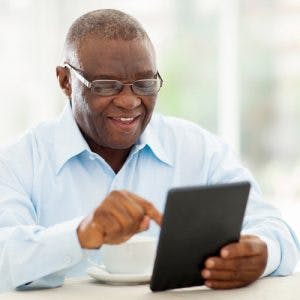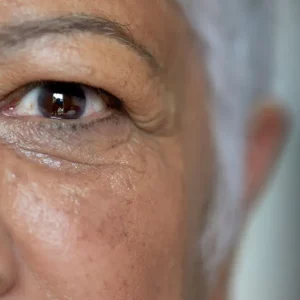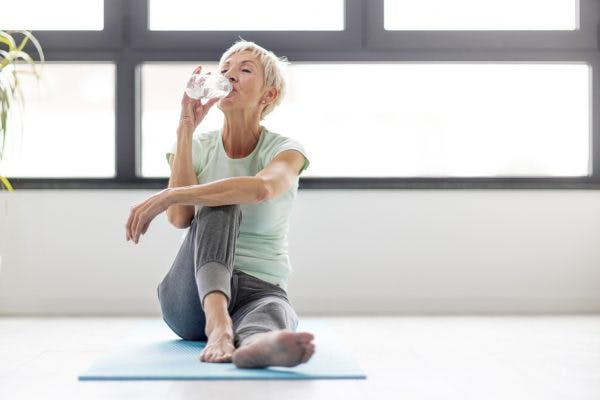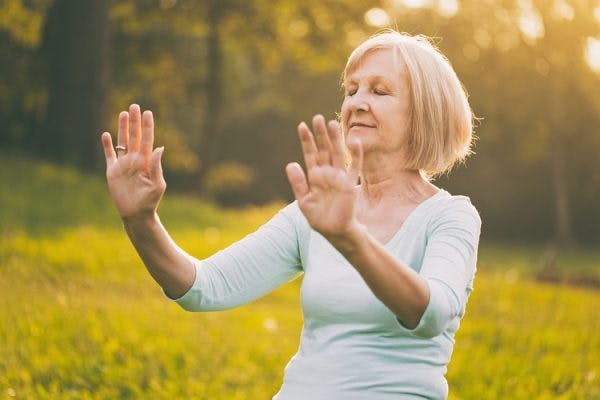If you or a loved one can’t recognize faces after a stroke, it could be prosopagnosia — also known as “facial blindness.”
This article will discuss the causes and treatment for prosopagnosia after stroke.
Why Can’t I Recognize Faces After Stroke?
Prosopagnosia is a neurological disorder that, most notably, impairs an individual’s ability to recognize faces. It can sometimes impair a person’s ability to understand facial expressions as well. In some rare cases, people with the condition report difficulty recognizing other things like places or objects, however, this would typically be classified as a different type of agnosia altogether.
A common cause of prosopagnosia is stroke. A stroke occurs when the supply of blood to the brain is compromised. When this happens, areas of the brain that are deprived of oxygen-rich blood are damaged, which leads to secondary effects — such as prosopagnosia.
The brain is organized such that each area of the brain controls specific functions. After a stroke, it helps to understand which area of the brain is affected by your stroke to roughly determine which secondary effects you may experience. One clinical sample found that half of those who survived a right hemisphere stroke had prosopagnosia.
Another study looked at 44 stroke survivors with prosopagnosia and found that the majority of them had damage in the right fusiform gyrus. This area of the brain, part of the temporal and occipital lobes, is thought to play a major role in facial recognition. However, not every individual with a stroke in the temporal or occipital lobes will experience prosopagnosia, because every brain is different and every stroke is different. Even among individuals who can’t recognize faces after stroke, differences in causes and symptoms of the condition exist.
Symptoms of Prosopagnosia After Stroke
In severe cases, a survivor with prosopagnosia can’t recognize familiar faces after stroke – even the faces of close friends and family. Other individuals may have trouble distinguishing between two unknown faces, or even between a face and an object. In rare cases, the struggle may be with recognizing certain facial cues.
It’s important to work with a neurologist to get an accurate diagnosis and understanding. Otherwise, the individual runs the risk of being deeply misunderstood. For example, a survivor may not realize that they can’t recognize facial cues. If someone looks sad, the person with prosopagnosia may not realize it and may say something insensitive.
In this example, the person with prosopagnosia could be deeply misunderstood as apathetic or self-centered. This is why it’s important to work with a neurologist for an accurate diagnosis and better understanding.
Treatment for Prosopagnosia
Treatment for most secondary effects of a stroke depend on neuroplasticity. Neuroplasticity is the brain’s natural ability to rewire itself. It’s the basis for both learning in the intact brain and relearning in the damaged brain that occurs during rehabilitation. Neuroplasticity allows healthy areas of the brain to take on the function of damaged ones.
Therefore, if facial recognition is impaired due to damage to the right fusiform gyrus (or another area that contributes to facial recognition), then neuroplasticity is the process by which the healthy areas learn to take on that function. But how?
Neuroplasticity is new growth that is activated by massed practice. When a skill is practiced with high intensity, the brain strengthens the neural pathways for that function.
It can be argued that practicing facial recognition can help a person with prosopagnosia get better at this task. Some cognitive training apps, such as the CT Speech & Cognitive Therapy app, contain activities that involve matching faces. Loved ones may also come up with other games to engage individuals with ways to practice facial recognition.
Alexander Cohen, MD, Ph.D. – who led a study on 44 stroke survivors with prosopagnosia – mentioned that “novel therapies like transcranial magnetic stimulation or functional-MRI-based neurofeedback” can be explored to possibly enhance neuroplasticity when combined with massed practice.
Using Compensation Strategies in the Meantime
Rehabilitation is a slow process, and before your brain can adapt you may want to implement some compensation strategies to cope with this condition.
For instance, some individuals are assisted in identifying a face by remembering the clothing a person is wearing. Others get more creative by using voice tone, body shape, type of hair, or gait to help identify people.
Ultimately, compensation strategies offer shortcuts that help survivors cope with their condition. This is a way to improve your quality of life as you pursue recovery.
Coping with Prosopagnosia After Stroke
If you or a loved one struggles with recognizing faces after a stroke, work with a neurologist for a formal diagnosis. Consider doing cognitive training activities that help you practice recognizing faces. The brain is highly adaptive and can learn with massed practice. You’ll never know what’s possible until you try. In the meantime, try to develop some compensation strategies that can help you identify close friends and family without needing to rely on faces.
We wish you the best of luck on your unique journey!










